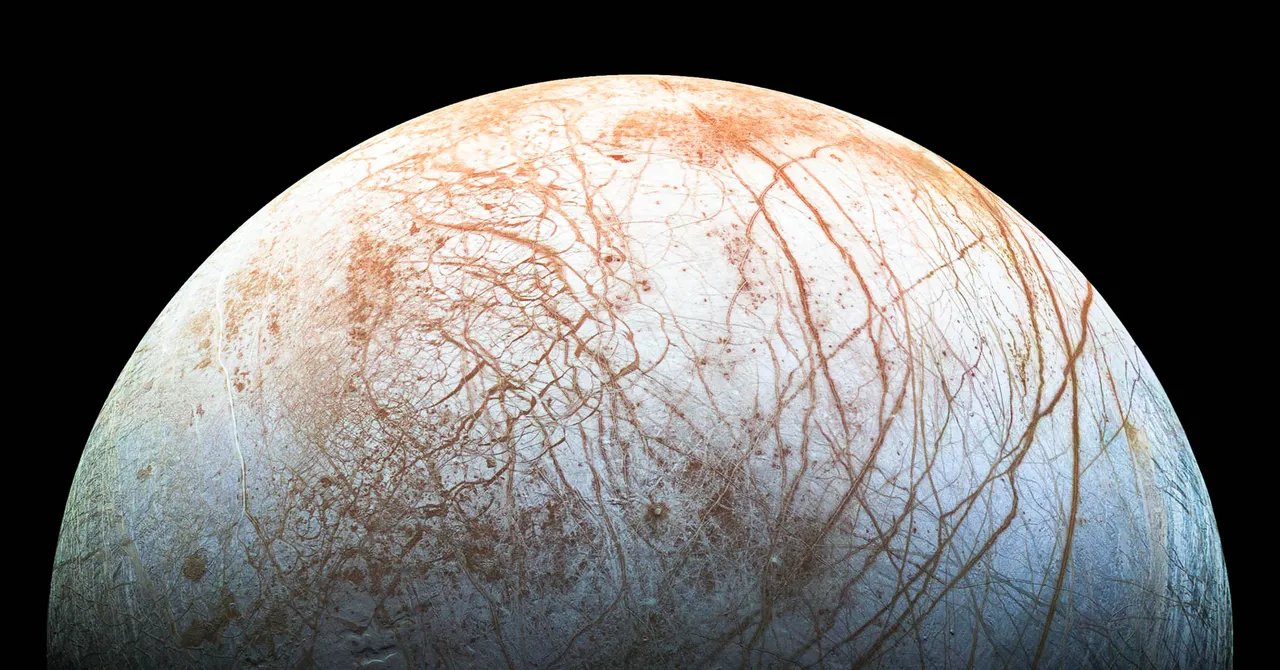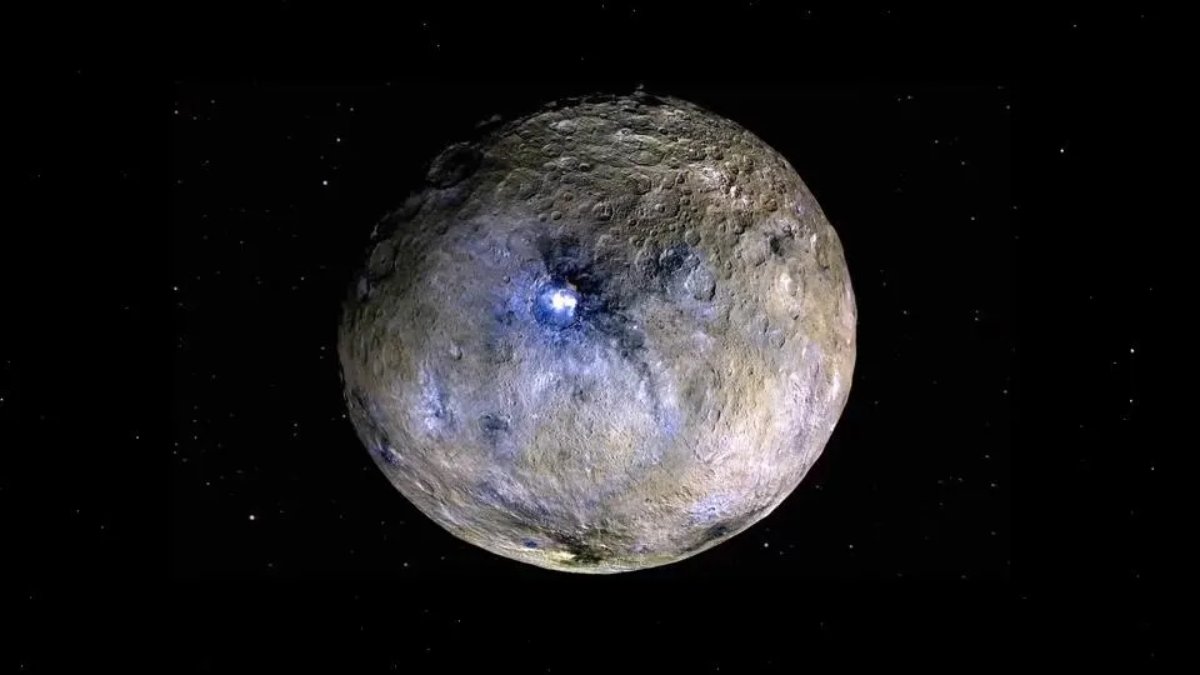The presence of water is one of the most crucial factors in determining whether a planet or moon could support life. On Earth, water is the foundation of all known biological processes, making it a key target in the search for extraterrestrial life. Scientists believe that if we can find water on exoplanets, we may also find the conditions necessary for life to exist beyond Earth.
Recent discoveries of oceans in space, including vast subsurface oceans on moons like Europa and Enceladus, have expanded our understanding of where life might exist in the cosmos. NASA and other space agencies are intensifying their efforts to detect and analyse water beyond Earth through missions such as the James Webb Space Telescope and specialised planetary probes. This article explores why water is so important, where it has been found, and how NASA’s astrobiology research is uncovering new possibilities for life beyond Earth.
Why Is Water So Important for Life?
Water is a universal solvent that plays a vital role in biological processes. It allows essential molecules to mix and interact, supports chemical reactions, and provides a stable environment for life to thrive. On Earth, every known life form requires water to survive, which is why its presence on other planets is considered a strong indicator of potential habitability.
The Unique Properties of Water:
- Solvent Abilities: Water dissolves a wide range of substances, enabling chemical reactions necessary for life.
- Thermal Stability: It has a high heat capacity, helping to regulate temperatures and maintain stable environments.
- Molecular Transport: Water carries nutrients and waste in biological systems, making it essential for cellular processes.
- Ice Floats: Unlike most substances, solid water (ice) is less dense than its liquid form, preventing oceans from freezing solid and allowing life to persist beneath ice-covered surfaces.
Given these properties, finding water on exoplanets significantly increases the chances of discovering life outside Earth.
Where Have We Found Water in Space?

Scientists have discovered water in many unexpected places throughout our solar system and beyond. These discoveries challenge our understanding of habitability and raise exciting possibilities for alien life.
1. Water on Mars
Mars has long been a focus of NASA astrobiology research due to evidence that liquid water once flowed on its surface. Observations from orbiters, landers, and rovers have revealed:
- Ancient river valleys and lake beds indicate that Mars had a much wetter past.
- Ice deposits at the poles and beneath the surface.
- Seasonal changes in dark streaks on Martian slopes (Recurring Slope Lineae), may be caused by briny water.
While current conditions on Mars are too harsh for liquid water to exist on the surface for long, underground reservoirs may still support microbial life.
2. Oceans Beneath Ice Moons
Some of the most promising locations for extraterrestrial life are the ice-covered moons of Jupiter and Saturn, which are believed to harbour vast subsurface oceans.
Europa (Jupiter’s Moon)
- A global ocean lies beneath Europa’s icy crust, containing more liquid water than all of Earth’s oceans combined.
- Plumes of water vapour have been detected, suggesting that material from the ocean is being ejected into space, where it can be analysed by passing spacecraft.
- The ocean is thought to be in contact with a rocky seafloor, creating the possibility of hydrothermal vents—potential hotspots for alien life.
Enceladus (Saturn’s Moon)
- Like Europa, Enceladus has a subsurface ocean, confirmed by the Cassini spacecraft.
- Cassini flew through Enceladus’ water plumes and detected organic molecules, salts, and hydrogen—key ingredients for life.
- Hydrothermal activity makes Enceladus a top candidate for life beyond Earth.
3. Exoplanets in the Goldilocks Zone
The discovery of water on exoplanets has become a major focus of modern astronomy. Scientists use telescopes, such as the James Webb Space Telescope, to study the atmospheres of distant worlds. They search for signs of water vapour.
What Is the Goldilocks Zone?
The habitable zone, or “Goldilocks Zone,” is the area around a star. Here, conditions are perfect for liquid water. It’s not too hot or too cold. Planets within this zone have the highest potential for supporting life.
Notable NASA Exoplanet Discoveries
- Kepler-452b: Often called “Earth’s cousin,” this planet orbits a Sun-like star and lies in the habitable zone.
- TRAPPIST-1 System: Contains seven Earth-sized planets, at least three of which may have liquid water.
- K2-18b: Scientists found water vapour in its atmosphere. This makes it one of the most promising habitable exoplanets discovered so far.
How Scientists Search for Water in Space

1. Telescopic Observations
Astronomers use space telescopes to detect water in the atmospheres of exoplanets. Spectroscopy helps scientists study light that travels through planetary atmospheres. This technique can reveal chemical components, like water vapour.
2. Space Probes and Landers
Missions like Cassini and Perseverance, along with the new Europa Clipper probe, explore planets and moons. They look for water and signs of it.
3. Astrobiology Research
NASA astrobiology research focuses on understanding how life can arise in extreme environments. Scientists study life in Earth’s extreme places, like deep-sea vents and Antarctic lakes. This helps them create models for possible alien ecosystems.
The Future of Water Exploration
Upcoming Missions
- Europa Clipper (2024): Will explore Europa’s ice shell and search for signs of life in its subsurface ocean.
- James Webb Space Telescope: Keeps scanning exoplanet atmospheres for water vapour and other signs of life.
- Mars Sample Return Mission: Aims to bring back Martian soil samples to search for ancient microbial life.
Could We One Day Find Life in Alien Oceans?
If life exists elsewhere in the universe, the best place to find it may not be on a dry, rocky planet like Mars but in the vast oceans in space hidden beneath thick ice layers. Future missions with ice-penetrating probes might explore these alien waters. They could help us find extraterrestrial life forms.
Water—The Key to Finding Life Beyond Earth
The discovery of water on exoplanets, ice-covered moons, and ancient Martian landscapes is reshaping the way we approach the search for alien life. Water is the key to habitability, and every new finding brings us closer to answering the ultimate question: Are we alone in the universe?
As NASA astrobiology research continues to push the boundaries of exploration, we may soon uncover definitive proof that life exists beyond Earth. Each new discovery makes finding life in the cosmos feel more real. This fuels our curiosity and helps us understand the universe better.
What do you think? Will we find life in the hidden oceans of space? Share your thoughts below!


